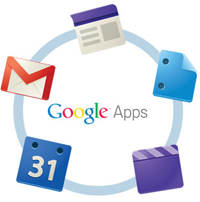 As of Friday, April 18th, the faculty and staff migration to Google Apps for Education is more than eighty percent complete. Because so many faculty members have been migrated in the last month, we want to remind you that we’re holding Google Apps training every week on Tuesday and Thursday. You can find the full schedule here. There’s no need to sign up, just drop in and get answers to your questions about creating, collaborating, and sharing with Google Apps.
As of Friday, April 18th, the faculty and staff migration to Google Apps for Education is more than eighty percent complete. Because so many faculty members have been migrated in the last month, we want to remind you that we’re holding Google Apps training every week on Tuesday and Thursday. You can find the full schedule here. There’s no need to sign up, just drop in and get answers to your questions about creating, collaborating, and sharing with Google Apps.
Many of you may have noticed that Gmail now has a new compose window that you’ll see when writing an email. The new compose setup features a few advantages, including the ability to minimize drafts in progress and to open the email you’re composing in a separate window. To find out more about the new compose experience, click here.
That brings us to our tip for this month. During training, many people have asked us if you can automatically open a new email in a new window, and the answer is yes. If you hold down the SHIFT key on your keyboard and click COMPOSE, a blank email will open in a new window in front of your inbox. You can find additional tips for making the most of the new compose experience over at the Chronicle of Higher Ed.